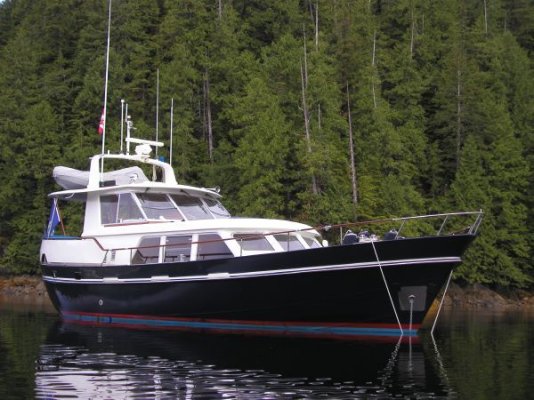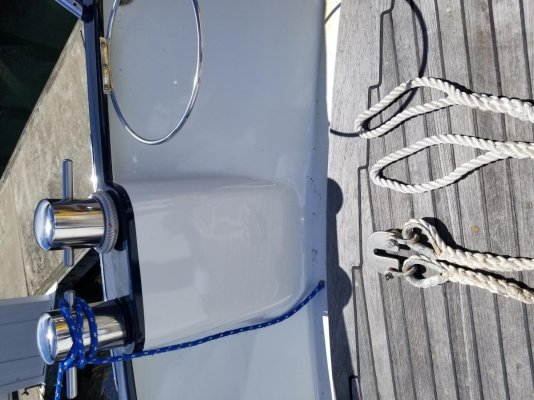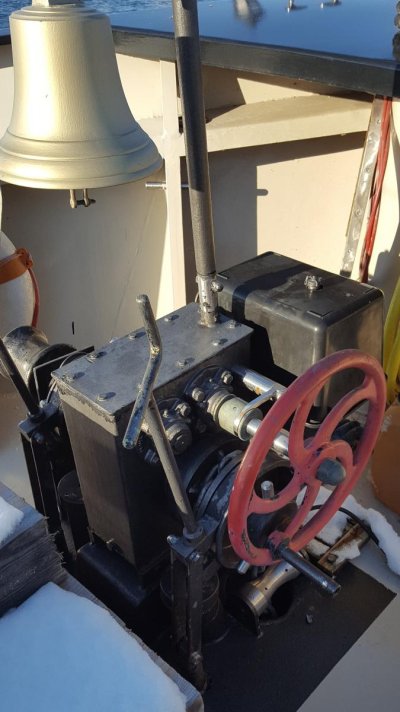I used the snubber over and through the roller technique quite a few times, typically using a rolling hitch, before a buddy gave me a bridle.Works best if there is a center line cleat or Samson post that avoids having to wrap around the windlass. The things I don't like about it are 1) it still puts pressure on the pulpit and 2) introduces chafe to the snubber line. To avoid these, I came to attaching the snubber line to a bow cleat then snaking it back through the roller chute, so when deployed it was clear of the pulpit. Proved to be good practice for attaching the chain plate of the bridle. Of course if you don't have a pulpit with chute, but simply and exposed roller, it's much easier.








